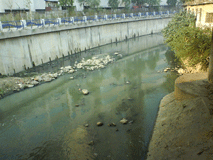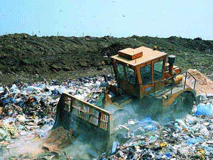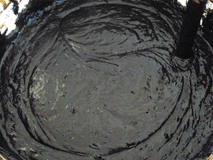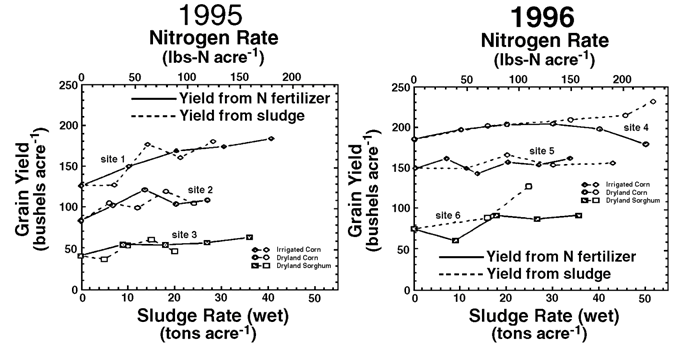Industry Background

Air, soil, water, plants and animals are closely linked in complex cycles that move nutrients from one form or state to another. Understanding and maintaining the relationships is critical to the sustainable survival of mankind.
Contaminated, dead water, polluted air and denuded soils lead to issues such as global warming, poor health and death , food and water shortage, riots and community anger!
A major contributor to these problems is the way we handle animal, domestic and industrial waste. In excess of 60 BILLION TONNES PER ANNUM of untreated, raw, odourous effluent are disposed of into the Yangtze River System alone-50% being raw, pathogen infested domestic sewage!

Quality food and fodder production soil is a finite resource which is diminishing in availability due to urban sprawl over high quality river land and the regular overconsumption of nutrients by harvesting of crops as often as 4 times per annum.
Commercial fertilisers are a part of the solution. However bring their own issues such as soil acidity and hardening that diminish productivity.
The diminishing quality of soil humus (the primary storage facility for water, nutrients and microbes in soil) results in poorer yields and lack of farm prosperity to develop sustainable solutions.
Human and animal excrement contains all the necessary characteristics to reinvigorate and enhance soil quality as it is part of the natural nutrient cycle.
But the wet excrement carries undesirable characteristics that create serious health and environmental issues offensive odours. Such problems are currently global, with significant economic and health consequences.
Soil degradation - a serious global environmental problem exacerbated by climate change. Encompassing physical, chemical and biological deterioration. E.g. - loss of organic matter, decline in soil fertility and structural condition, erosion, salinity, acidity or alkalinity imbalance, and the effects of toxic chemicals, pollutants or excessive flooding.
Domestic sewage contains nutrients harvested from the soil for production of food and animal fodder. Cities produce large volumes of sewage, collected in wastewater treatment plants, where physical, biological and chemical treatments are used to recover water.

Approximately 99.5% of sewage is water to transport the 0.05% of human excrement. Sewage sludge is a by-product of water recovery. Considerable tonnages of aerobically, and anaerobically, digested sludge are produced, and treated or untreated sludge is discharged to landfill, incineration, agriculture, lagoons, waterways or the ocean.
Raw Sewage & Sludge Overflow
Untreated or partially sewage sludge presents a public-health hazard as it contains human pathogens, including bacteria, viruses, protozoa and other harmful organisms such as eColi.
Sludge Characteristics
Physical consistency of the sludges varied considerably, from slurries to dried cake. Processing determines its physical characteristics. Dewatering affects the economics of disposal, because transport costs are a major component. Costs of dewatering can vary greatly depending on the method used.

Elemental composition of sludge varies in terms of carbon and major nutrients: 6-44% C, 0.45-4.3% N, C/N 2-20/1, and 0.4-3.6% P. Contributions of domestic and industrial sources of and extent of processing are major determinants of the chemical composition. Stabilizing additives (e.g. lime) also have pronounced effects on chemical characteristics, including pH.
In addition to pathogens, sewage sludge may contain heavy metals, pharmaceuticals and a complex mixture of organic contaminants. Some are highly toxic, even at low concentrations. Polychlorinated biphenyl (PCB) congeners, pesticide residues and thirteen polycyclic aromatic hydrocarbons (PAHs) are just some of the contaminants associated with industrial waste.
Animal manures are rarely affected by contamination, however may contain hormones.
CROP YIELDS COMMERCIAL vs SEWAGE SLUDGE FERTILISERS

The suite of B.O.G. Processes is capable of addressing a majority of the issues associated with sewage sludge and animal manures safely, effectively and at comparatively low cost while generating benefits described previously.

 2007-2024 Bio Organics Group (Hong Kong) Ltd ALL RIGHTS RESERVED ACN 98123739088
2007-2024 Bio Organics Group (Hong Kong) Ltd ALL RIGHTS RESERVED ACN 98123739088